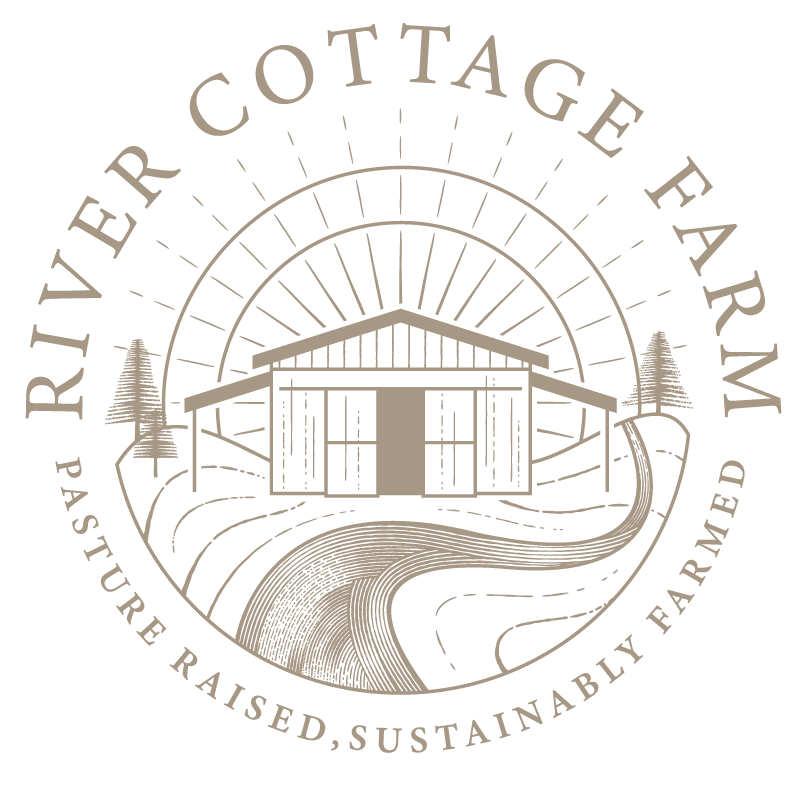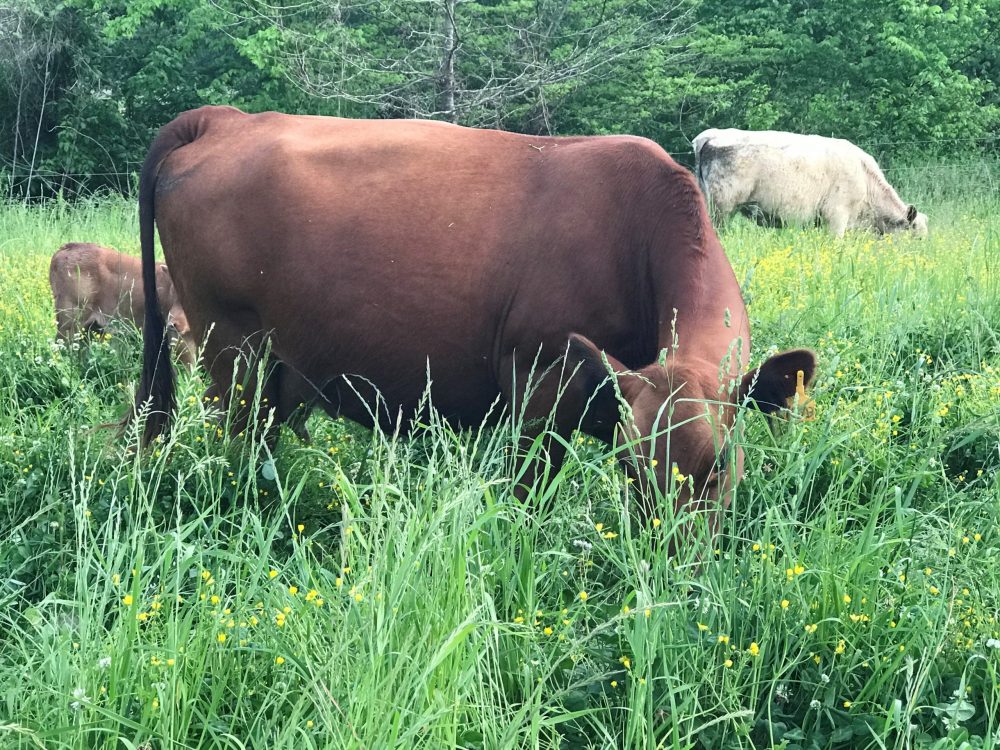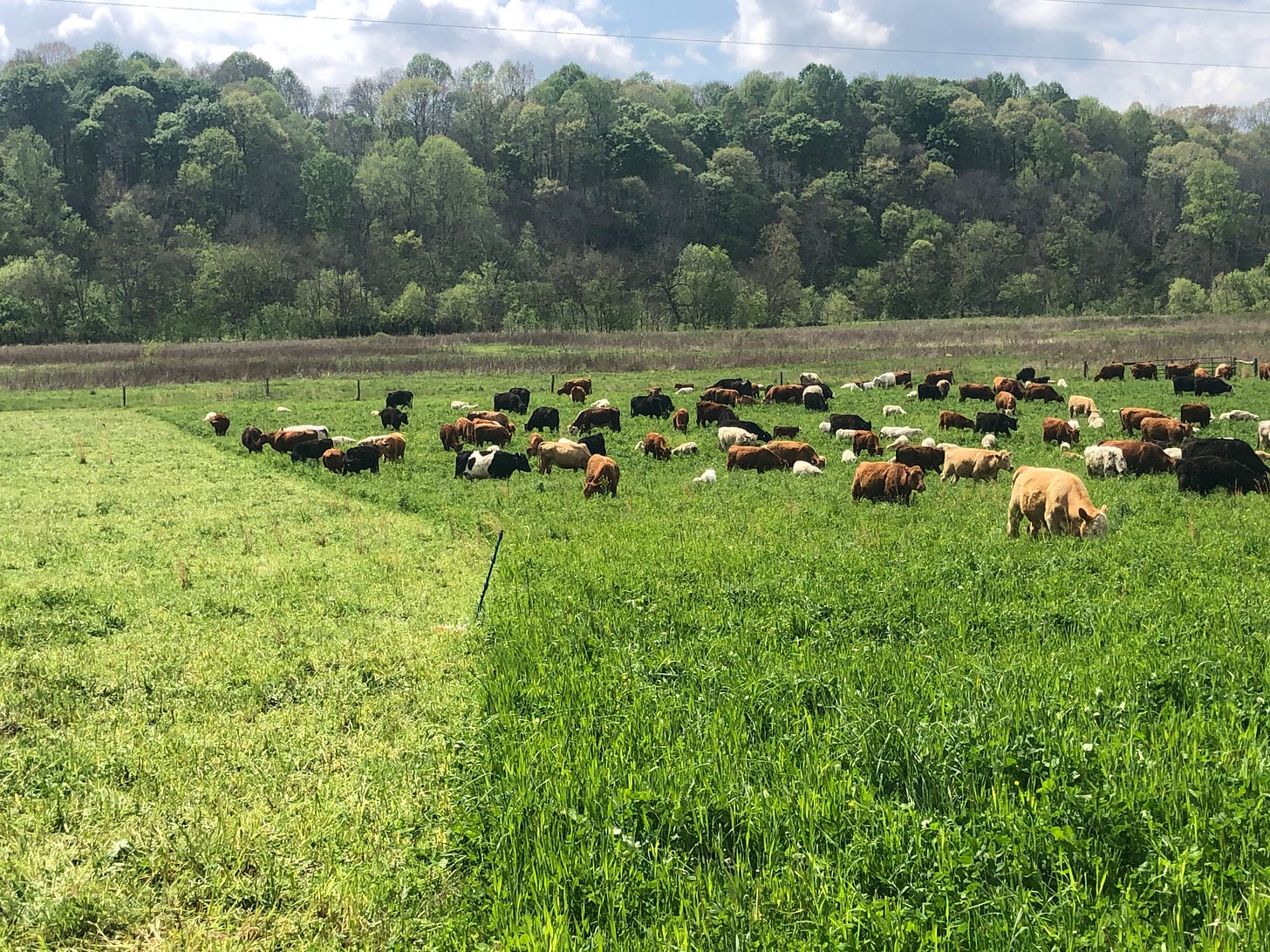When I began my journey into the world of regenerative farming practices back in the 1990s, my only meat and dairy customers were people who were sick, really sick. Most of my customers suffered from Crohn’s, lupus, cancers, and Lyme disease. Not many people had run across the term grass-fed, and I can’t tell you the number of calls I fielded from inquisitive customers pausing before hanging up and stammering, “but you feed grain for the last 120 days, right?” Nope, no grain and no sale. But the people searching for 100% grass-fed products were determined to bring their bodies back from the brink, and nothing would deter them.
That drastic start to our business lasted about ten years, and although it was hard, it has meant that we will never waiver from our commitment to 100% grass-fed and finished proteins.
Over the years, we’ve seen fads come and go, and we’ve seen “grass-fed” regulations watered down until they no longer mean a thing. When current “grass-fed” beef regulations require farmers to provide their “grass-fed” cattle with a minimum of 120 days access to pasture and a minimum of 30% of their diets consisting of grass, we’ve come a long way, baby, and not in the right direction.
Throughout all of this, we have stayed the course. Even when droughts forced us to purchase semi truckloads of hay from Nebraska, we never even considered feeding grain to our cattle. It’s not good for the cows; it’s not good for you, and it’s not good for the trust relationship between us.
The one thing I’ve always wished for is research. Was there not a way for us to see how our hard work added up in nutritional quality? I remember my astonishment when a researcher at Purdue University answered my inquiry with a flat, “we wouldn’t touch that with a ten-foot pole!”
Well, thankfully, that day has come. Dr. Stephan van Vliet has a sturdy ten-foot pole, and he’s not afraid to use it. As a Duke Molecular Physiology Institute member within the Duke University School of Medicine, his work focuses on the effects of primary (protein, carbohydrates, fats, vitamins) and secondary compounds (phytochemicals, polyphenols, antioxidants) and the molecular mechanisms by which they impact human metabolism. His studies brought him to the subject of grass-fed meat and dairy and the lack of substantial research into their health benefits when raised using regenerative practices. You can find a very deep explanation of Dr. van Vliet’s research here.

What fascinated me most about his research is that he began with the understanding that nutritional statistics for grass-fed products are usually flawed from the start because they are using information from the lowest common denominator, grass-fed beef and dairy from extensive corporate facilities that are grass-fed in name only. His research found that when truly grass-fed proteins from regenerative farms with bio-diverse pastures are up against grass-fed products from monoculture pastures, the results are staggering. When looking at grass-fed proteins vs. plant-based “meat,” one study showed a difference of a 90% increase in phytonutrients in grass-fed above plant-based meat even though they displayed identical nutrient panel labels. Dr. van Vliet found that meat and dairy produced on pastures with diverse plant communities contained twenty-two phytonutrients completely undetected in 100% grass-fed meat and dairy grazing monoculture pastures.
So after all that, here’s how we raise your beef…
Our beef cows are naturally bred by our bulls year-round and calve naturally on pasture. We never feed grain of any type, ever. Our cattle graze our pastures year-round, and in a typical year, we supplement the grass with hay for about 90 days.
Our cows and calves receive free-choice minerals with oregano, cinnamon, and garlic added. They have fresh water with raw, organic apple cider vinegar added year-round and molasses included in the winter.
Rotational grazing is a daily practice on the farm. Assessments of our pastures show that our animals have access to more than forty-five different species of plants from which to select. Cows and calves are moved to fresh grass every day or two to protect the health of the soil and microbes beneath the soil so that the grass will have a chance to regrow, building strong roots, and filling with energy from the sun. Because of this rest period, we believe that our grass continues to get better and more nutritious with each pass.
Another added bonus to all that diversity in the pastures is that it brings a great array of birds to the farm. In comparing our farm and a conventional farm one mile away, researchers highlighted the fact that they recorded about fifteen more species of birds on our farm! That’s a perfect example of the benefits of regenerative agriculture!
We work hard to ensure that we are providing the most delicious and nutritious meats available anywhere. Now we have the research to prove it!!
Thank you for your support! We couldn’t make this happen without you!







